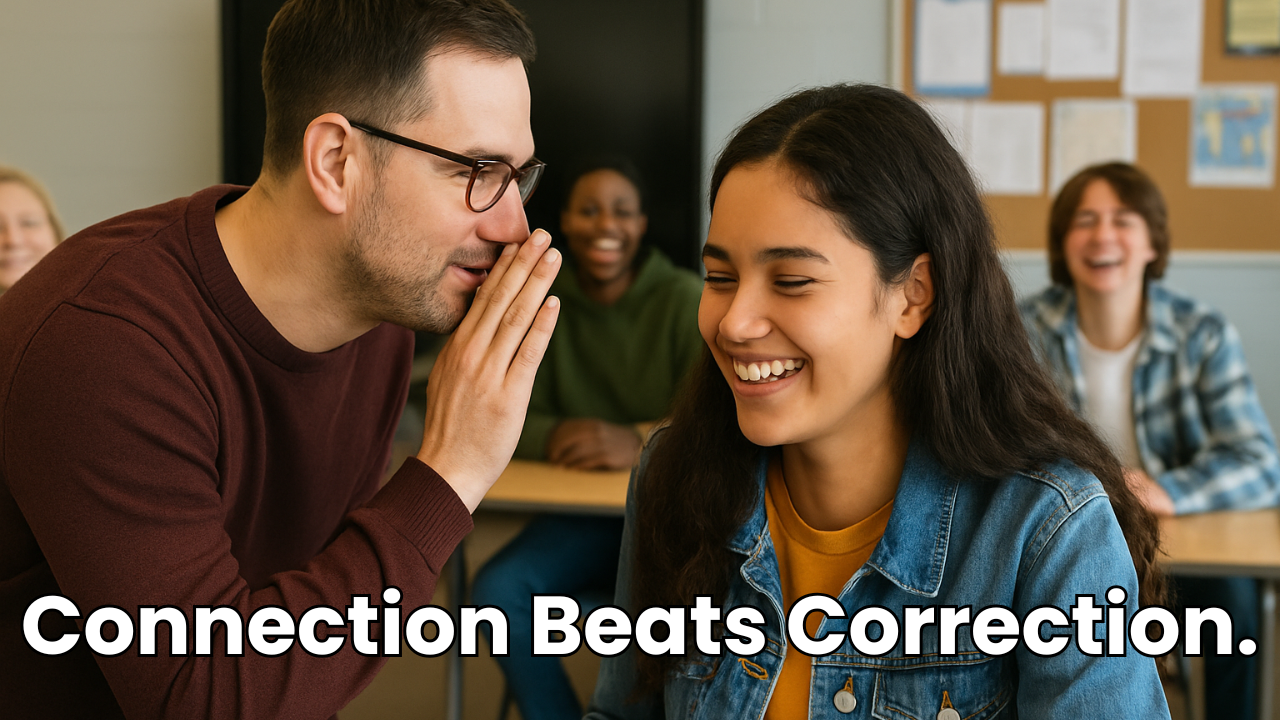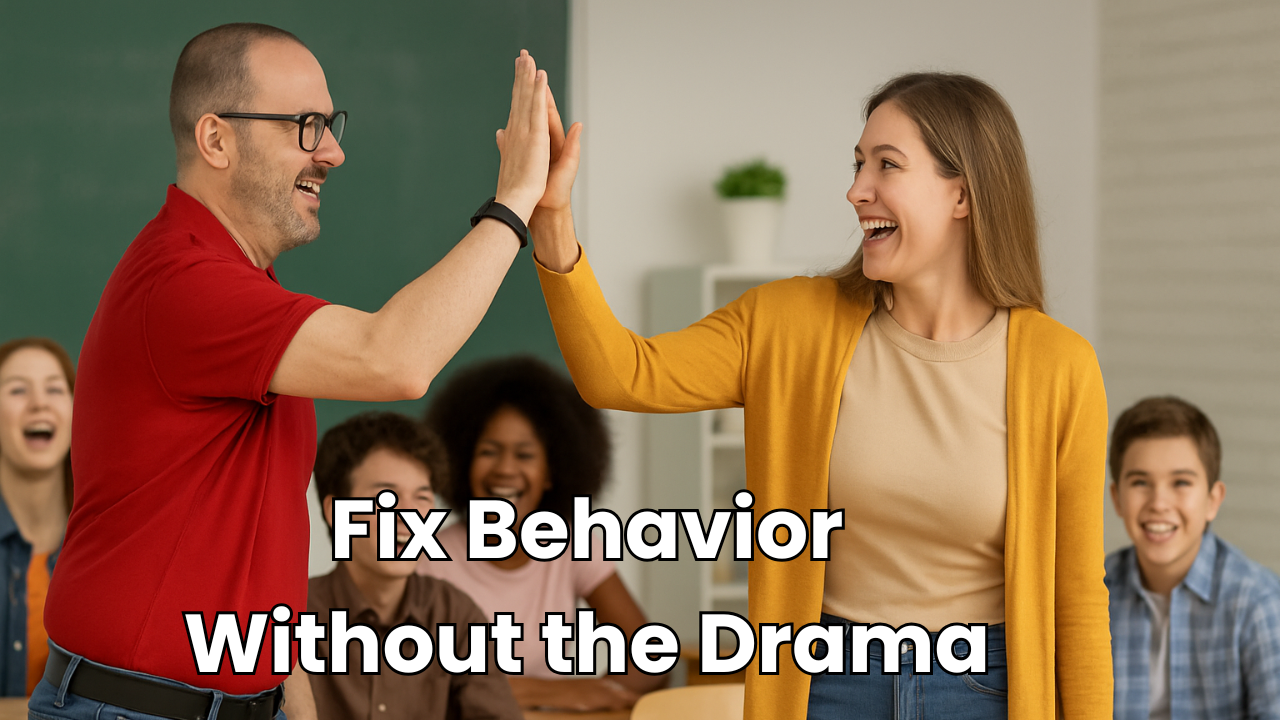
Introduction to Meaningful Input
In today's blog, we're diving into the concept of meaningful input in language instruction, a topic that resonates deeply with us as language teachers.
The Essence of Meaningful Input
The core idea of meaningful input is not just about making language input comprehensible to students, but also ensuring it's engaging and relevant to them. It's about striking a balance between challenging the more advanced students while keeping the beginners hooked.
Catering to Learner Interests
One of the key strategies is to align our lessons with the interests of our students.
This approach requires understanding their hobbies, favorite shows, sports, and even the latest trends they follow. For instance, a few years ago, the craze for Fortnite among boys and a popular TV show among girls provided a rich context for engaging language lessons.
Alternating discussions between these topics kept the students invested and made the language learning process more relatable and enjoyable.
School Activities as a Learning Context
Another effective method is to incorporate school activities and events into language lessons.
Discussing topics like school dances, sports events, or art exhibitions can significantly pique students' interests.
It's about leveraging what's already capturing their attention and turning it into an opportunity for language learning.
Authentic Materials in Language Teaching
Using authentic materials is another powerful tool in our teaching arsenal. However, the challenge lies in making these materials comprehensible and relevant to our students.
Music as a Learning Tool
Songs, especially those popular on the radio, can be a great resource.
They offer a glimpse into the culture and provide a medium that students are naturally drawn to.
However, it's crucial to vet these songs for appropriate content, considering the diverse connotations in different cultures and regions.
Movies and Videos in the Classroom
Movies, particularly animated ones like Disney films, can be incredibly effective, especially when played in the target language with English subtitles.
For example, "Finding Nemo" is simple enough for Level 1 students to grasp by the end of the year.
For older or more advanced students, TV series available on platforms like Netflix can be a goldmine, though finding age-appropriate content can be a challenge.
YouTube for Interactive Learning
YouTube videos, especially short ones, can be a fantastic resource.
They're current, relatable, and often come with features like closed captions or adjustable playback speed, making them more accessible for language learners.
Authentic Texts for Advanced Learning
For more advanced students, authentic texts like excerpts from "Don Quixote" or regional myths can be introduced using techniques like embedded reading.
This approach gradually increases the complexity of the text, making the original, more challenging version accessible over time.
Props and Visuals for Engaging Lessons
Finally, never underestimate the power of props and visuals.
Many students are visual learners, and using images or props can significantly enhance their learning experience.
A collection of funny hats, for instance, can add an element of fun and engagement to the classroom.
Conclusion
Incorporating meaningful input in language teaching is about understanding and leveraging our students' interests, using authentic materials wisely, and engaging them with visuals and props.
It's a dynamic process that requires creativity, cultural sensitivity, and a deep understanding of our students' world.
Remember, the goal is not just to teach a language but to do so in a way that's engaging, relevant, and fun for our students.



